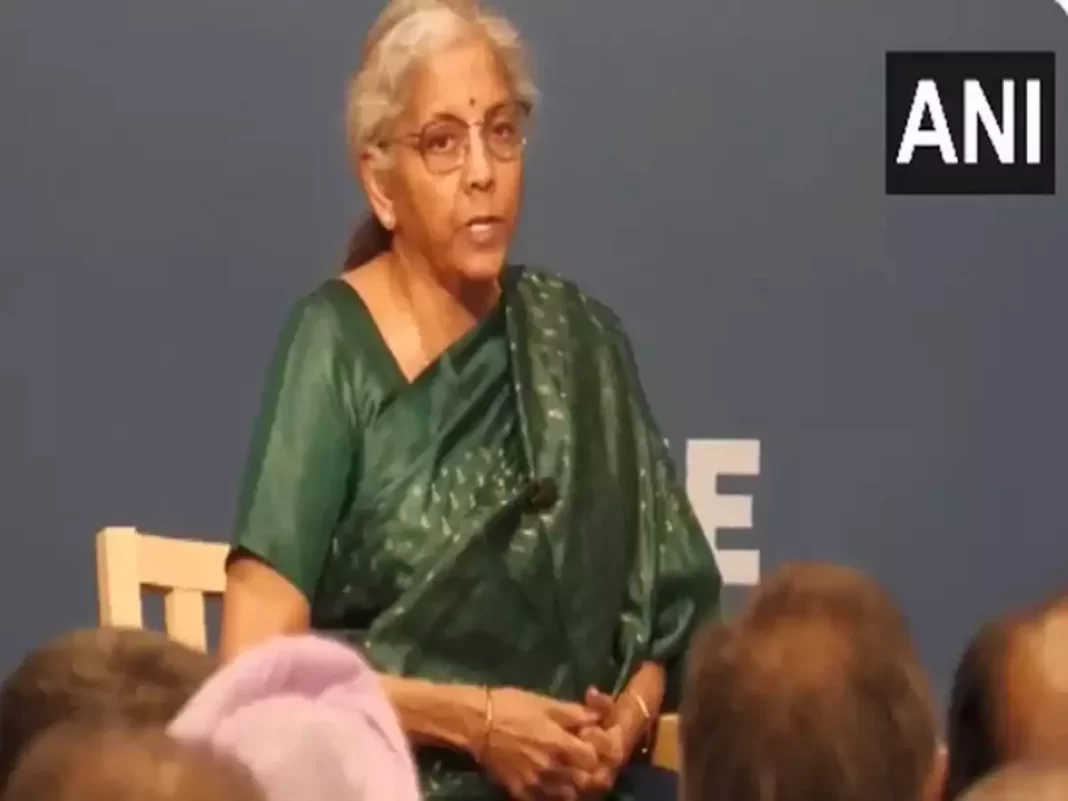In a globalized world, the perspectives of international leaders often provide valuable insights into a country’s economic landscape. In 2016, during a NITI lecture, Singapore’s former Deputy Prime Minister remarked that India’s economy appeared marked by excessive government intervention.
Around the same time, Singapore’s Indian-origin President highlighted India’s need for sustained economic growth and increased integration with China and ASEAN. Their observations shed light on India’s economic challenges and aspirations.
Government Intervention in India’s Economy:
The former Deputy Prime Minister’s observation about excessive government intervention in India’s economy reflects a longstanding concern. While government intervention can be essential for stability and regulation, it can sometimes stifle economic dynamism. Striking the right balance between state control and market forces remains a perennial challenge for India’s policymakers.
The Imperative of Sustained Growth:
Singapore’s Indian-origin President underscored the importance of sustained economic growth for India. He rightly pointed out that India’s burgeoning internal demands make it imperative to achieve growth rates exceeding 8% over the next two decades. This imperative arises from India’s demographic dividend, a large and youthful population with the potential to drive economic progress. However, achieving such growth rates requires overcoming various structural impediments.
Integration with Neighbors:
The President’s emphasis on increased integration with China and ASEAN aligns with India’s “Act East” policy. Collaborative economic ties with neighboring countries offer opportunities for trade, investment, and regional development. Realizing this potential necessitates infrastructural improvements, trade facilitation, and diplomatic efforts to promote economic cooperation.
Challenges and Opportunities:
India’s path to sustained high economic growth involves addressing challenges such as infrastructure deficits, regulatory hurdles, and skill development. Achieving such growth rates while ensuring inclusive development remains a formidable task. However, India’s vast domestic market, entrepreneurial spirit, and diverse workforce also present significant opportunities.
Conclusion:
The perspectives of Singaporean leaders in 2016 offer valuable insights into India’s economic landscape. While concerns about excessive government intervention persist, there is a shared recognition of the imperative for sustained economic growth and regional integration. India’s journey toward achieving this growth while balancing the roles of government and the private sector remains an ongoing endeavor, with lessons to be learned from both challenges and successes.

